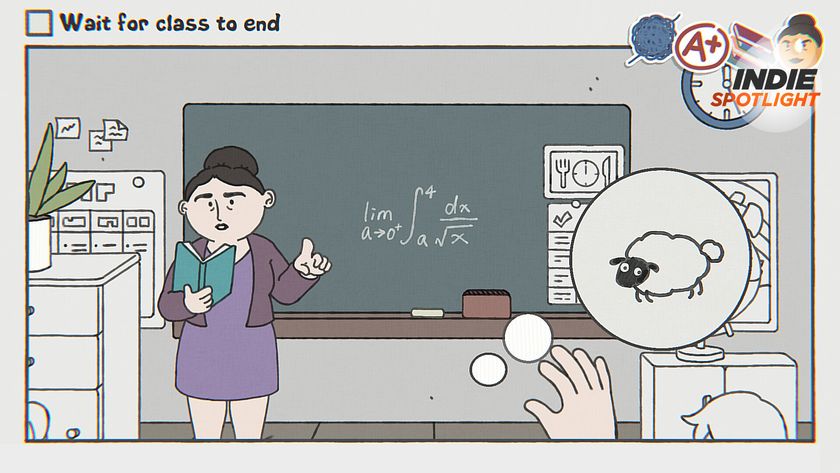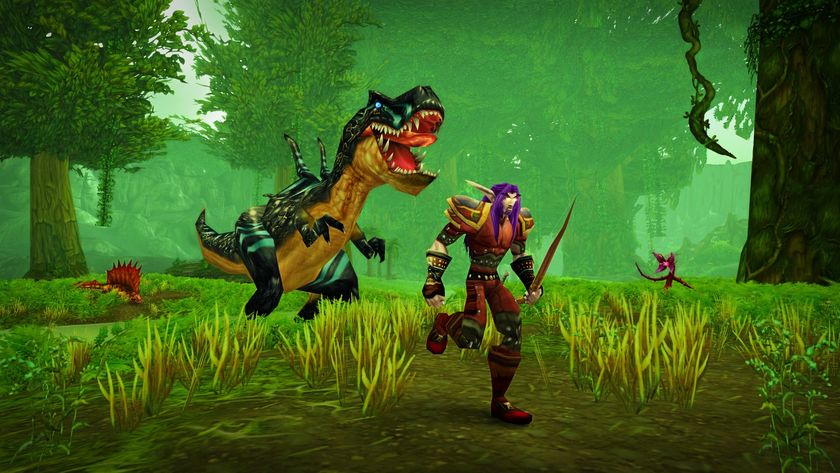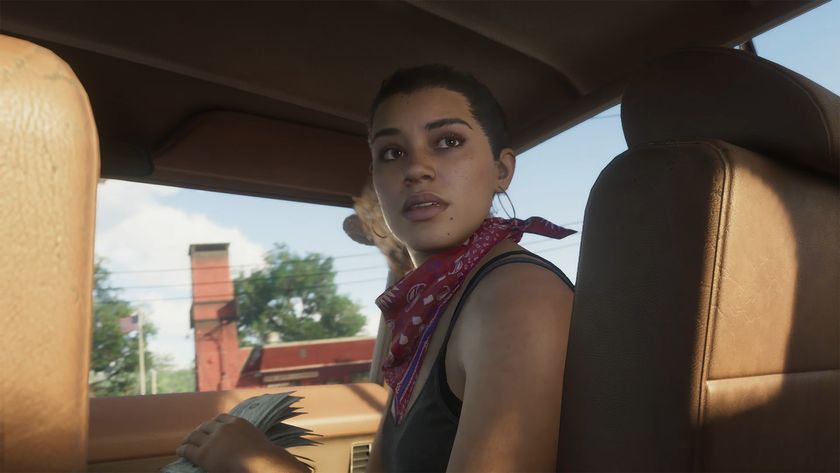Box Score: The dream of the 2-year development cycle
Giving sports games more breathing room sounds like a great idea, but can it happen?

Box Score is a weekly column that offers a look at sports games and the athletic side of the industry from the perspective of veteran reviewer and sports fan Richard Grisham.
I’m pretty sure I wouldn’t make it as a sports videogame developer. Between the incredible demands from publishers, unrealistic expectations from fans and media, and terribly short development cycles for annual releases, the pressures are intense. There’s no rest, either; the day the game releases, you’re already behind on building the next one. It’s a tough way to make a living.

The stock suggestion for solving these problems has long been to push games like Madden, NBA 2K, MLB, and NHL to a two-year development cycle with “roster updates” and non-invasive patches in between. In theory, this would allow more time and resources to be devoted to upgrading core gameplay and building innovative new modes. It sounds great on paper and on podcasts, so why hasn’t it happened? Surely developers would welcome the ability to catch their collective breaths and get off the coding treadmill for a few months.
Simple math blows it up, of course. For example, a $60 Madden game selling 2 million copies generates more than $120 million in revenue. That’s just base revenue, too, not including items like Ultimate Team card packs and $10 online passes for used games. EA would have to sell four times as many $15 Interim Roster Updates to match those numbers. At best, they could sell these updates to the 2 million gamers who bought the original, and they’d be looking at a year-to-year drop of $90 million in cash. That’s an untenable equation.
Yes, the time and resources necessary to build a roster update would be a fraction of that to build a full game – but not nearly enough to cover the $90 million shortfall. Plus, each publisher has incredibly expensive license fees they pay to the pro leagues for the right to use the teams and players, and that remains the same every year no matter how much money the company takes in. Clearly, the two-year sports development cycle ain’t happening anytime soon.
Or is it? With the inevitable release of next-generation systems in 2013 and/or 2014, the opportunity to extend the life of Madden, NBA 2K, NHL, and the like on 360 and PS3 with cheap roster updates may actually make economic sense for developers, publishers, and gamers alike. The sports titles released for the original Xbox and PS2 a couple of years into the current generation were barely disguised copies of the previous year’s game; they truly defined “roster update.” Sporting no new features and a full $50 pricetag, they were often ignored by gamers.
Fast forward two years from now, when a relatively small percentage of sports gamers have upgraded to whatever the heck the successors to the 360 and PS3 will be called. Developers will be forced to allocate huge percentages of money and people on launch and post-launch sports titles (whether they like it or not). There simply won’t be enough bandwidth to support full build-outs of games for next-gen, previous-gen, and Vita; something’s gotta give.
Sign up to the 12DOVE Newsletter
Weekly digests, tales from the communities you love, and more
That’s where the Roster Update makes a ton of sense. I’d be happy paying $10 for a digital update with some gameplay patches to my Madden or NHL on the 360, and dead-set against $60 for something that hasn’t gotten the full attention of the development team. Move forward one more year, a final “out with a bang” full-priced title for the millions of gamers still on the platform would be spectacular, with developers having had time to squeeze the last remaining bits of power from the aging console and even borrowing a few tricks from the next-gen version. Or, if the numbers make more sense, just offer a few more seasons of digital roster update patches. Either way, everybody wins.
What could stand in the way? Publishers, for one. They won’t see a dime of digital download revenue unless it gets baked in; with no boxed copies to produce or ship, their value-add evaporates. Retailers won’t line up for this, either; they’re cut out of the loop entirely. It’s a weak argument, though, as we move inexorably closer to a fully-digital marketplace for games. The change is afoot.
Fans of annual sports titles will likely never get the benefits of games made with extended development times for whatever the “current” consoles of the time are. The numbers just don’t add up. However, whether by happenstance or strategic design, we may get a one- or two-year window of what it would be like. I’ll bet the view is nice.
Richard Grisham has been obesessed with sports and video games since childhood, when he'd routinely create and track MicroLeague Baseball seasons on paper. He currently lives in New Jersey with his wife and four-year old son, who he'll soon be training to be an NFL placekicker. As a freelance journalist and writer, his work has appeared in GamesRadar, NGamer, and 1UP.

This puzzle game has done the impossible: waiting around for something to happen has never, ever been this fun

Former Ultima Online and Star Wars Galaxies dev says MMOs have "been in a rut for a long time" after World of Warcraft's popularity narrowed down "a much more diverse genre"
Most Popular





